Hiking is a popular outdoor activity that offers numerous health benefits, including improved cardiovascular health, stress reduction, and weight loss. But can hiking also help build muscle? As someone who enjoys hiking and is interested in building muscle, I decided to research this topic to find out.
After conducting research and analyzing the information I gathered, I can confidently say that hiking can indeed build muscle. Hiking involves walking on challenging terrain, which targets specific muscle groups, primarily the legs and glutes. Additionally, hiking engages over 200 muscles with every step, including the hamstrings, quadriceps, back muscles, calves, inner thighs, and more.
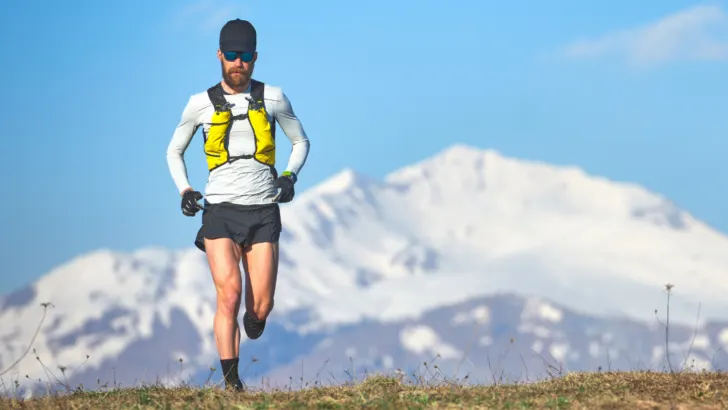
To maximize muscle growth while hiking, it’s essential to maintain the ideal intensity and duration of hikes. Additionally, incorporating strength training exercises, such as lunges and squats, can further enhance muscle growth. In this article, I will discuss the science behind how hiking builds muscle, the specific muscle groups that are most affected by hiking, and tips for maximizing muscle growth while hiking.
Key Takeaways
- Hiking can help build muscle, primarily in the legs and glutes.
- Maintaining the ideal intensity and duration of hikes is crucial for maximizing muscle growth.
- Incorporating strength training exercises can further enhance muscle growth while hiking.
Related Posts:
Can Hiking Build Muscle?
As someone who enjoys hiking, I have often wondered if hiking can help build muscles. The answer is yes, hiking can build muscles, especially in the legs and glutes. Since hiking involves walking on challenging terrains, it engages multiple muscles in the body, including the quadriceps, hamstrings, calves, back muscles, and inner thighs.
When hiking, the muscles in the lower body work harder than the upper body muscles. The uphill climbs, downhill descents, and uneven terrain all contribute to building leg muscles. Hiking also engages the core muscles, which help maintain balance and stability on the trail.

However, it is important to note that hiking alone may not be enough to build significant muscle mass. To build muscle, you need to challenge your muscles with resistance training and consume enough protein to support muscle growth. Hiking can be a great addition to your fitness routine, but it should be combined with other exercises to build muscle effectively.
In conclusion, hiking is an excellent way to engage multiple muscles in the body, especially in the legs and glutes. While it may not be enough to build significant muscle mass on its own, it can be a great addition to your fitness routine. If you want to build muscle, it is essential to incorporate resistance training and a high-protein diet into your routine.
Related Posts:
How Hiking Builds Muscle
As someone who enjoys hiking, I can attest to the fact that it can be a great workout for building muscle. Here are a few reasons why:
Hiking Engages A Variety of Muscle Groups
Hiking involves walking on challenging terrain, which means that you’re engaging a variety of muscle groups in your legs, glutes, back, core, and shoulders. The specific muscles that are targeted will depend on the type of terrain you’re hiking on and the incline of the trail. Generally, though, hiking is a great way to build lower body strength and endurance.
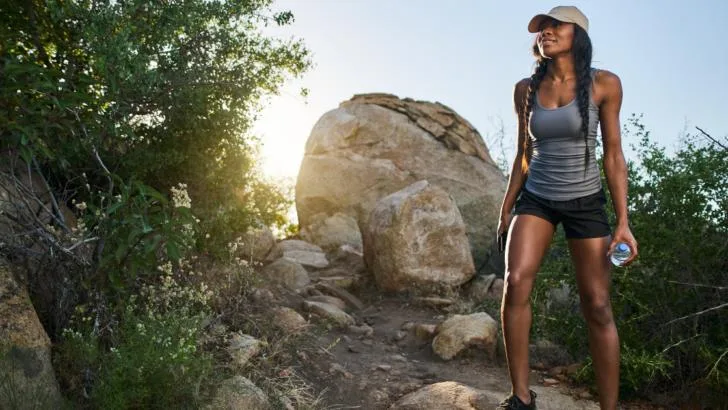
The Amount of Muscle You Build Will Depend on The Intensity and Duration of Your Hikes
Like any other form of exercise, the amount of muscle you build through hiking will depend on the intensity and duration of your hikes. If you’re just starting out, it’s a good idea to begin with shorter, less intense hikes and gradually work your way up to longer, more challenging hikes. As you become more experienced, you can increase the intensity of your hikes by hiking uphill or carrying a weighted backpack.
Hiking Uphill and Carrying A Weighted Backpack Will Help You Build More Muscle
If you’re looking to build more muscle through hiking, consider hiking uphill or carrying a weighted backpack. Hiking uphill requires more effort from your legs and glutes, which can help you build muscle in those areas. Carrying a weighted backpack will also increase the resistance of your hike, which can help you build more muscle overall.
Related Posts:
The Specific Muscle Groups That Are Most Affected by Hiking
From experience, I can tell you that hiking is a great way to work out and tone your lower body muscles. Hiking is a complete lower-body workout that primarily targets your legs and glutes. When you hike, you are constantly walking uphill and downhill, which requires you to use different muscle groups.
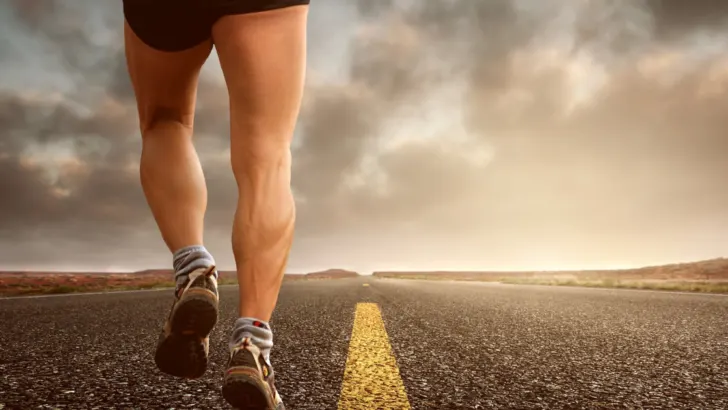
Hiking targets the following specific muscle groups:
- Quadriceps: These are the muscles located in the front of your thighs. They are responsible for extending your knee and are heavily used when hiking uphill.
- Hamstrings: These are the muscles located in the back of your thighs. They are responsible for bending your knee and are heavily used when hiking downhill.
- Glutes: These are the muscles located in your buttocks. They are responsible for extending your hip and are heavily used when hiking uphill.
- Calves: These are the muscles located in the back of your lower leg. They are responsible for lifting your heel and are heavily used when hiking uphill.
- Hip Flexors: These are the muscles located in your hips. They are responsible for lifting your leg and are used when hiking uphill and downhill.
Hiking is a low-impact exercise that allows you to work out these muscle groups without putting too much stress on your joints. It is also a great way to improve your cardiovascular health and overall fitness level.
Related Posts:
The Ideal Intensity and Duration of Hikes for Building Muscle
As someone who has been hiking for years and also has experience in weightlifting, I can say that hiking can definitely help build muscle, especially in the lower body muscles such as the quadriceps, glutes, and calves. However, it’s important to keep in mind that the intensity and duration of the hike will play a big role in determining how much muscle you can build.
When it comes to intensity, you want to aim for a hike that challenges you without completely exhausting you. This means that you should be able to maintain a steady pace throughout the hike, but still feel like you’re working hard. If you’re just starting out, it’s a good idea, to begin with shorter, less intense hikes and gradually work your way up to longer, more challenging ones.
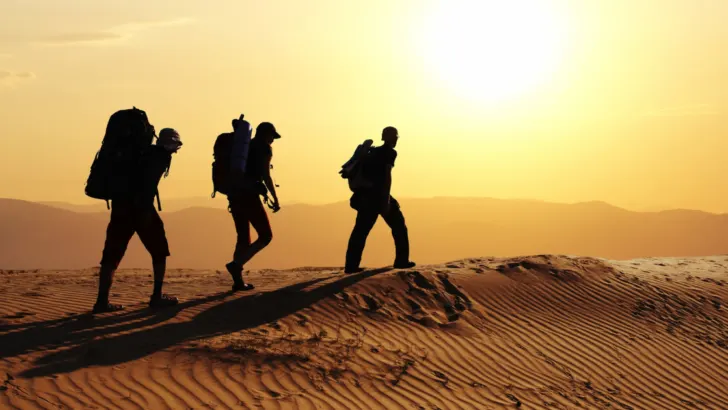
In terms of duration, a good rule of thumb is to aim for hikes that last at least 30 minutes to an hour. This will give your muscles enough time to work and will help you build endurance as well. However, if you’re looking to build muscle specifically, it’s important to also incorporate some uphill hiking into your routine. This will help to increase the resistance and stress on your muscles, which can lead to muscle hypertrophy over time.
Here are a few tips to help you get the most out of your hikes when it comes to building muscle:
- Incorporate uphill hiking into your routine to increase resistance and stress on your muscles.
- Gradually increase the intensity and duration of your hikes over time to continue challenging your muscles.
- Consider wearing a weighted backpack or ankle weights to add extra resistance to your hike.
- Don’t forget to stretch before and after your hike to help prevent injury and improve flexibility.
Overall, hiking can be a great way to build muscle, but it’s important to keep in mind the intensity and duration of your hikes to see the best results. By gradually increasing the challenge of your hikes and incorporating uphill hiking, you can help to build muscle and improve your overall fitness.
Tips for Maximizing Muscle Growth While Hiking
As someone who has been hiking for years, I have found that there are certain things you can do to maximize muscle growth while hiking. Here are some tips that have worked for me:
Hike Uphill As Often As Possible
One of the best ways to build leg muscles while hiking is to hike uphill as often as possible. This will help to work your glutes, quads, and hamstrings, which are some of the largest muscles in your body. When hiking uphill, take shorter steps and focus on pushing off with your toes to engage your calf muscles as well.
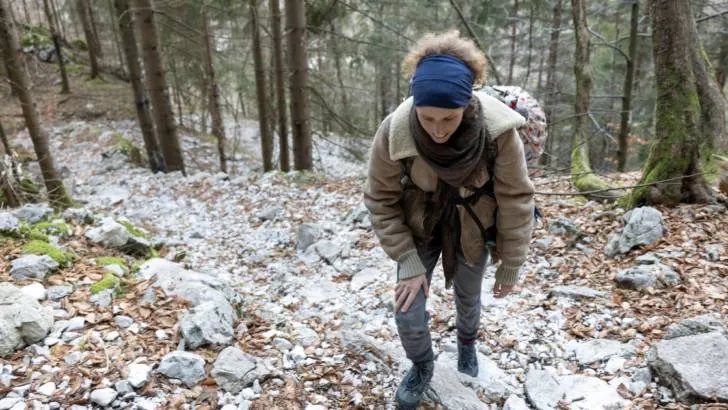
Carry A Weighted Backpack
Carrying a weighted backpack is another great way to build muscle while hiking. Start with a light weight and gradually increase as you get stronger. This will help to build your upper body muscles, as well as your leg muscles.
Hike for Longer Durations
Hiking for longer durations is another way to maximize muscle growth. Aim for hikes that are at least an hour long, and gradually increase the duration as you get stronger. This will help to build endurance and muscle.
Eat A Healthy Diet That Is High in Protein
Eating a healthy diet that is high in protein is crucial for muscle growth. Make sure to include lean proteins such as chicken, fish, and tofu in your diet, as well as complex carbohydrates such as whole grains and vegetables.

Get Enough Sleep
Getting enough sleep is also important for muscle growth. When you sleep, your body repairs and builds muscle tissue, so make sure to get at least 7-8 hours of sleep each night.
Related Posts:
Additional Tips for Maximizing Muscle Growth While Hiking
When it comes to building muscle while hiking, there are a few additional tips that can help you get the most out of your workouts. Here are some things I’ve found to be helpful:
- Add weight to your pack: Carrying a heavier pack will increase the resistance of your hike, which can help stimulate muscle growth. Start with a small amount of weight and gradually increase as you get stronger.
- Incorporate interval training: Adding short bursts of high-intensity exercise (like sprinting up a hill) can help increase the intensity of your workout and stimulate muscle growth.
- Use hiking poles: Hiking poles can help engage your upper body muscles and provide additional resistance during your hike. Make sure to use them correctly for maximum benefit.
- Incorporate bodyweight exercises: Stop and do a few sets of bodyweight exercises (like squats or lunges) during your hike to add an extra challenge and stimulate muscle growth.
Remember, building muscle takes time and consistency. Don’t expect to see results overnight, but with consistent effort and dedication, you can achieve your goals.
Related Posts:
- 7+ Pro Tips on How to Tie Hiking Pole to Backpack
- How to Use Walking Poles Correctly: A Confident Guide
Conclusion
In conclusion, hiking is an effective way to build muscle and improve overall fitness. By walking on challenging terrain, targeted muscle groups like the legs and glutes are engaged, and it takes 200 muscles to walk one step. Therefore, hiking is not only a great way to shed extra pounds but also to tone and strengthen muscles.
Hiking also offers numerous health benefits beyond building muscle. It can help reduce the risks of heart disease, obesity, high blood pressure, and depression. Additionally, it is a fantastic activity for both physical and mental health.
It is important to note that hiking alone may not be enough to build significant muscle mass. Supplementing with strength training exercises can help maximize muscle growth. However, hiking can still provide a great cardiovascular workout and help maintain muscle tone.
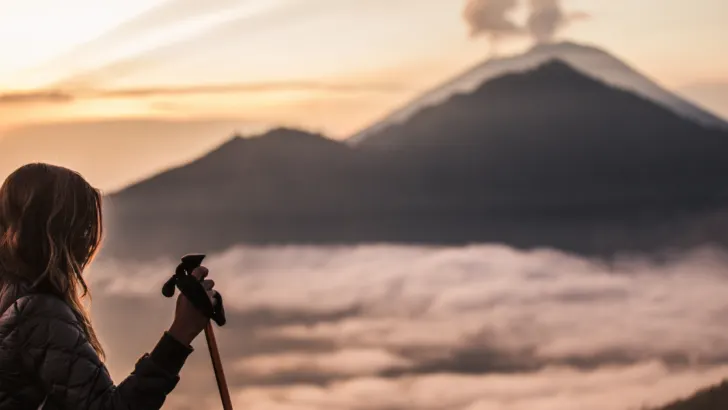
Overall, hiking is a great form of exercise that can contribute to building muscle and improving overall health. By incorporating it into a well-rounded fitness routine, individuals can enjoy the benefits of this outdoor activity while achieving their fitness goals.
Frequently Asked Questions
Does hiking build leg muscle?
Yes, hiking is an excellent way to build leg muscle. Hiking involves walking on challenging terrain, which targets the muscles in your legs, particularly your quadriceps, hamstrings, and glutes. Uphill hiking is especially effective at building leg muscle as it requires more effort and engages more muscle fibers.
What muscles are used for hiking downhill?
When hiking downhill, your quadriceps, calves, and glutes are the primary muscles used to control your movement and maintain balance. However, hiking downhill also engages your hamstrings, hip flexors, and core muscles to stabilize your body and prevent injury.
What muscles are developed by hiking?
Hiking is a full-body workout that engages many muscle groups, including your legs, glutes, core, back, shoulders, and arms. The uneven terrain of hiking also requires you to use your stabilizer muscles, which improves your balance and coordination.
Can you get a six-pack from hiking?
While hiking can help tone your abdominal muscles, it is unlikely to give you a six-pack on its own. To get a six-pack, you need to reduce your body fat percentage through a combination of diet and exercise. However, hiking can be a great addition to your overall fitness routine and can help you achieve a more toned and defined physique.
What kind of body does hiking give you?
Hiking can help you develop a lean and toned physique, with strong legs, glutes, and core muscles. It can also improve your overall fitness and endurance, making it easier to engage in other physical activities. However, the exact type of body you develop from hiking will depend on your genetics, diet, and other lifestyle factors.
Hiking muscles vs cycling muscles
Hiking and cycling engage different muscle groups, with hiking primarily targeting your legs, glutes, and core, while cycling focuses more on your legs and cardiovascular system. Both activities can help you build muscle and improve your fitness, but they require different types of training and conditioning.
